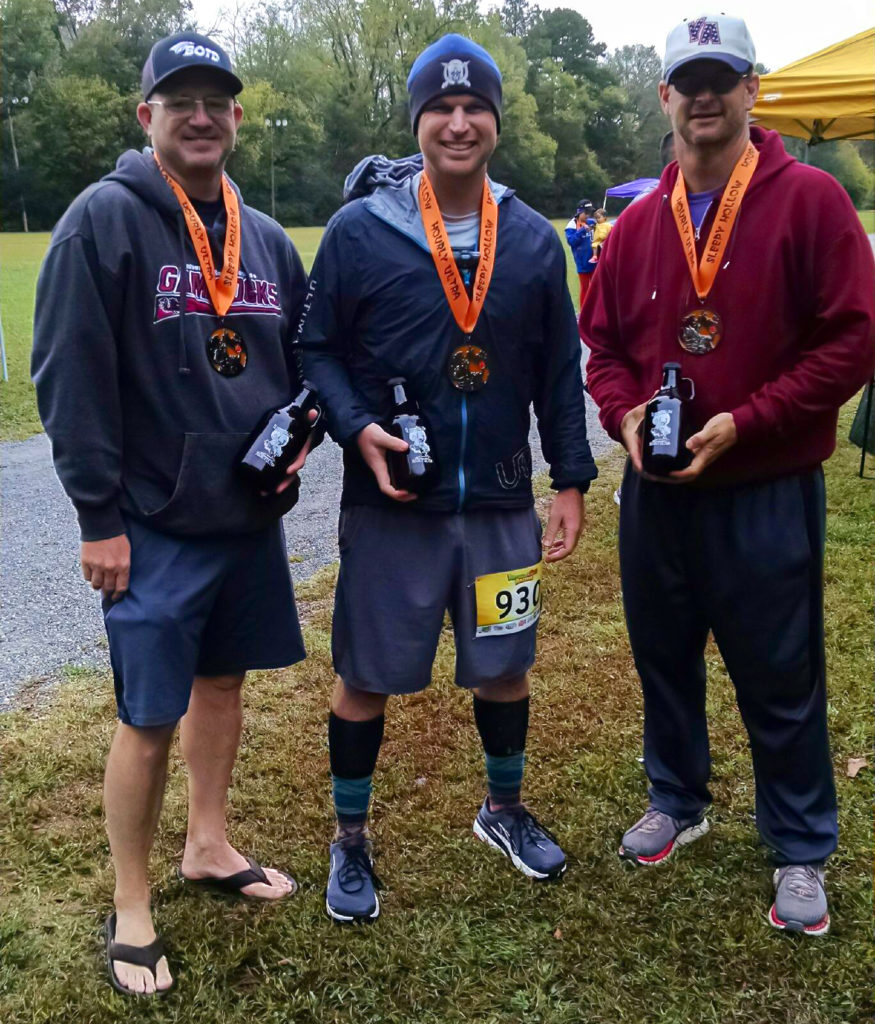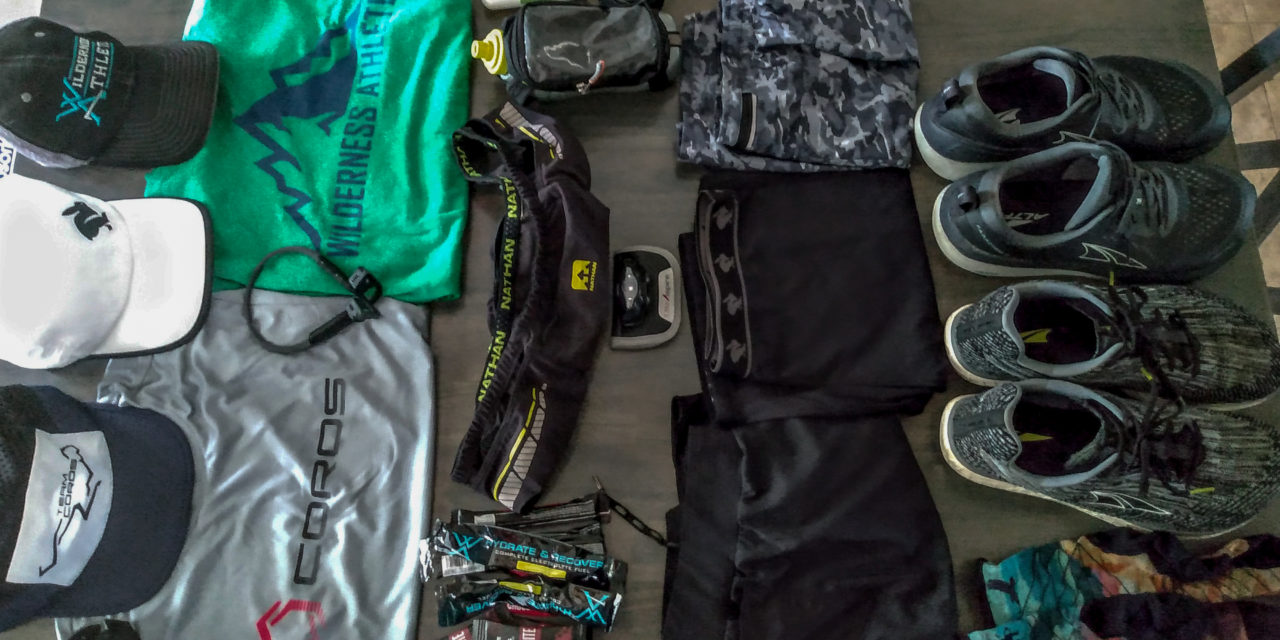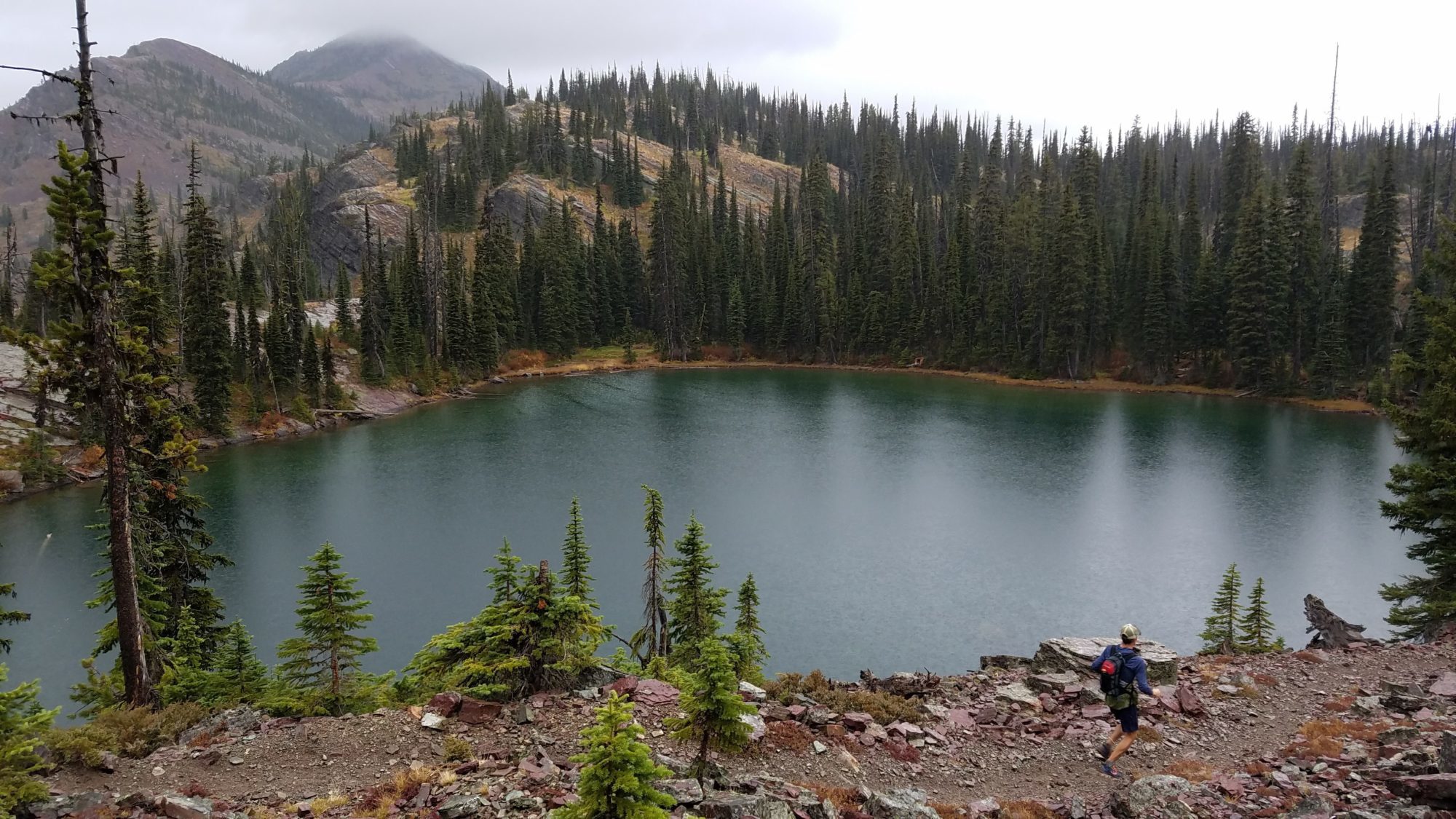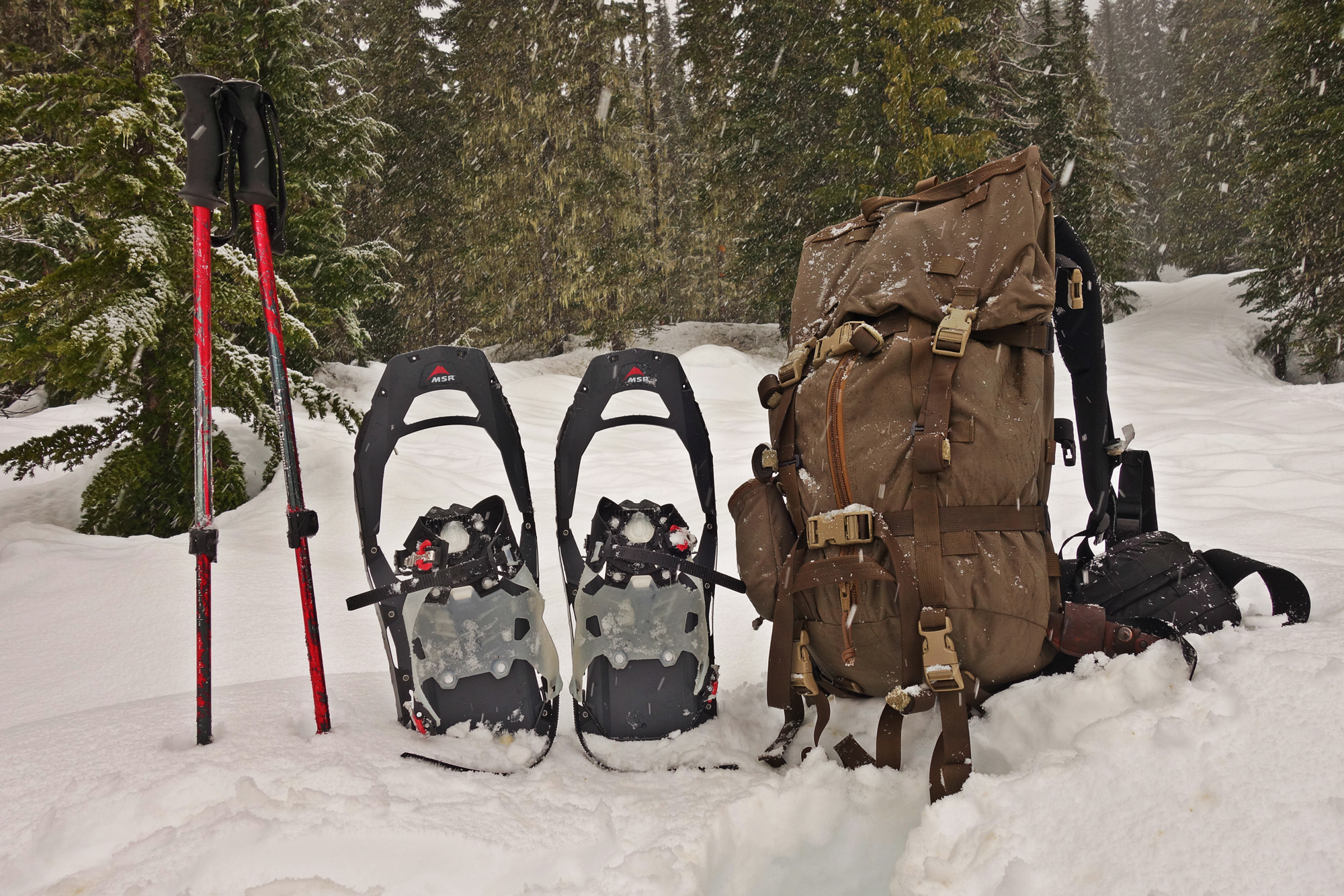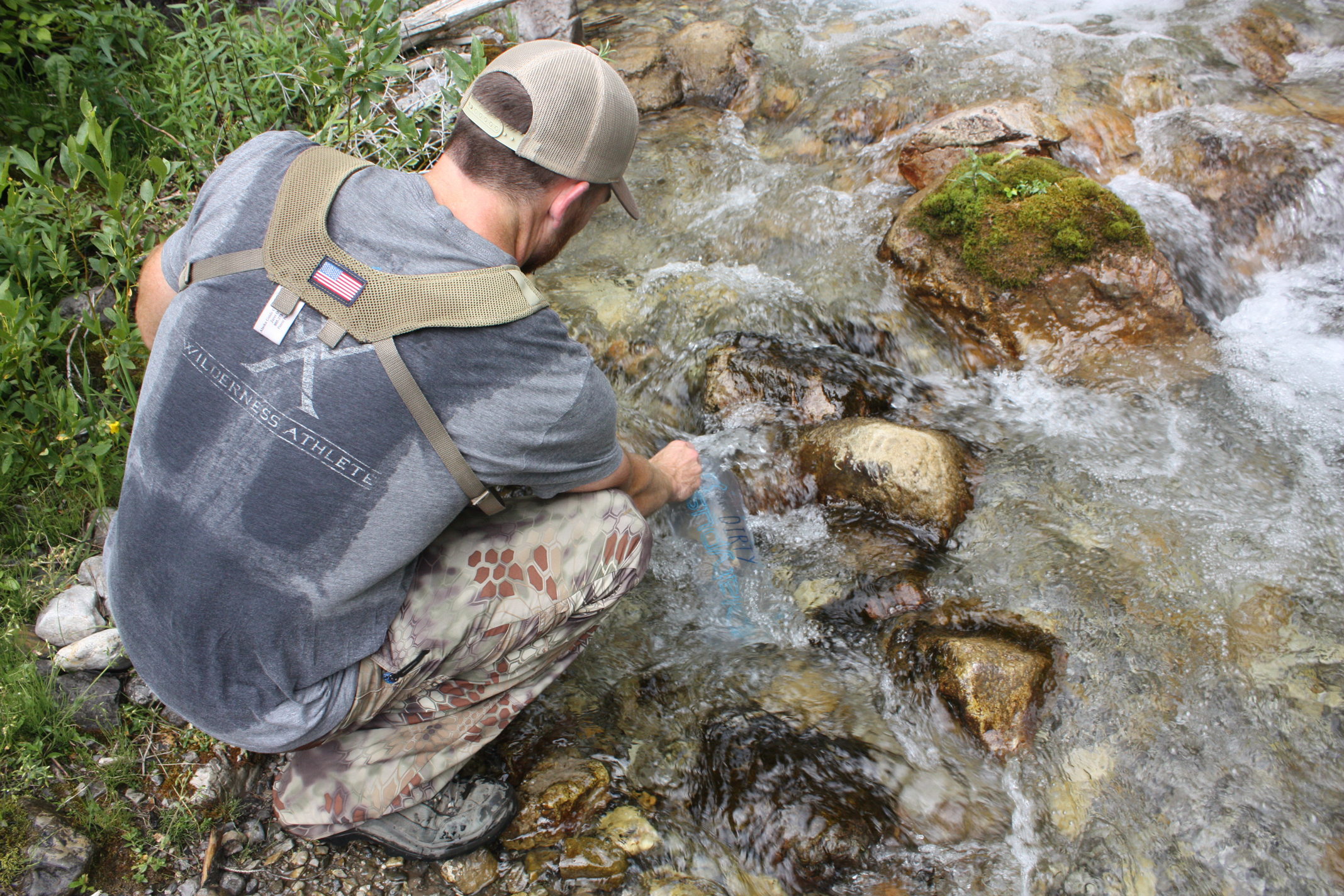Have you ever wondered how many miles you can run in a 24-hour period? 24-hour races are typically done on a closed loop of varying distances that can range from being on a trail, pavement, or on an official 400-meter type track. These races attract different types of runners with different goals.I’ve seen everything from kids to 80-year old’s, and running experiences ranging from beginner to paid professionals. Regardless of age or status, everyone is out there for one reason…to see how many miles they can go in a 24-hour period.
The Introduction
I am currently 37, and I have always ran as part of a normal workout routine to stay in shape for my previous job as a Deputy Sheriff. I initially started running more consistently and more focused as a way to spend more time with my son because he is a cross country / track and field runner. Naturally, the more I did it the better I got, and the more I realized that there could be more to this than what I had initially anticipated. When I was 34 I ran my first race. It was a 10-mile road race, and after that went on to run a half marathon and then 24-hour races.
My first 24-hour race was on a trail loop that was a little over a mile and I ended up going 60 miles. I have been running 24-hour races for two years now, and this year during a race in Alabama I broke the state record for my age group.
Time on my Feet
How to prepare for such a thing? I’m sure there are professional athletes that have a strict training regiment. For me, it was just getting time on my feet. I didn’t focus on the miles I was running but the hours I spent on my feet. It didn’t necessarily have to be spent running the entire time, just as long as I was on my feet and moving in a forward progression whether it was running or walking.
I typically train 5-days a week taking Wednesday and Sunday for recovery. I am an assistant coach for a local high school cross country team, so some days my training would be whatever the team was doing that day at practice. Other times it would involve running the roads around where I live. I knew the track for my 24 Hour Endurance Race in AL had some hills and from previous races I had learned that a small hill can feel like a mountain around 2:00 am. So to prepare for that portion of the course I would spend one or two days doing nothing but hill repeats. Other than that, I would keep my training time to running for about 1.5hrs a day during the week and 2.5hrs on Saturday. I never really focused on mileage just time on my feet.
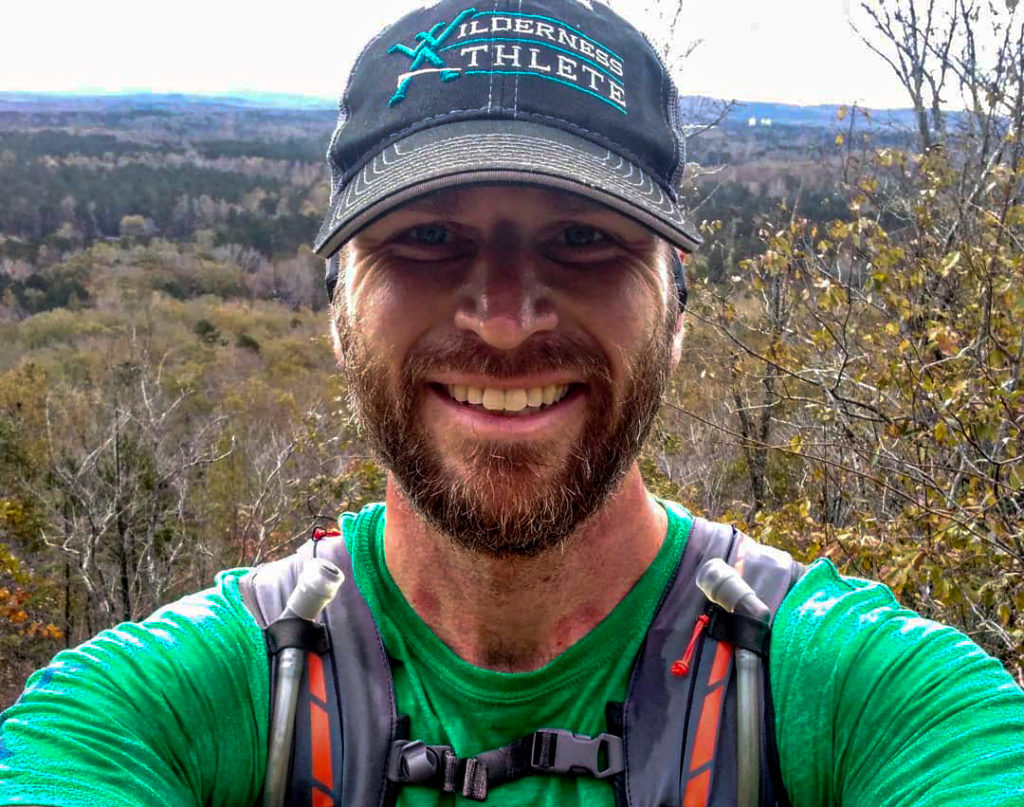
Preparation is Key
The reality of it is, a majority of being able to do one of these 24-hour events is mental. I am typically a trail runner so the thought of spending 24-hours on pavement was intimidating. Pavement is not near as forgiving on your muscles and joints as trails are. Knowing this, I gave up the trails for several months and just ran on pavement to get my body acclimated.
Stretching also plays a big role. I once heard it said that “there is no such thing as overtraining, only under recovering”. I have found this statement to be true so far. The first thing I do when I walk in the door from a run is to hang on the inversion table for 10-minutes. After that, I’ll do several different stretches that’ll normally take me around 30 minutes followed by foam rolling and massaging.
My nutrition is nothing special. If I have a weakness its’ coffee, other than that I eat and drink clean. My meat source is typically from hunting and mainly consists of deer, and I go with fresh fruits and vegetables. After a run, I’ll normally have a protein shake.
Race Day!
The race started at 9:00 am on Saturday and ended at 9:00 am the following Sunday morning. I went there with a goal of 80 miles. It wasn’t until a couple of weeks before that I saw the Alabama state record for my age group was 70 miles. I figured this should be easily attainable considering I ran a little over 60 miles my first race. I had also lost 40 pounds since then and gone through some things in my personal life that had me in a different mindset. Basically, I was in a lot better shape and had a lot more mental drive than I had last time. Still, a lot can happen in 24-hours, good and bad.

Pace Yourself
Let’s talk pacing. I knew I had a goal of 80 miles over a 24-hour period. I sat down with the head coach of our cross-country team and did some math, and figured out an average of around 13 minutes a mile would get me there. We came up with a game plan to accommodate that.
Most people that participate in these normally have a game plan that involves a run/walk ratio. Whether it be run three miles and walk one, or run for eight minutes and walk for two. Regardless, running the entire time is rarely done. With this race, I chose two light posts that I would walk between. The portion of the course that was covered between the two posts was the portion with the most hills. So that left me with running the mainly flat portions and walking the hilliest part.
Nutrition & Hydration
I was taking in solid foods every 10 miles that typically consisted of Wilderness Athlete Pack Out Bites, trail mix, and gels. I took a break twice to eat a solid meal that consisted of a mixture of either chicken and cheese quesadillas, deer jerky, pancakes, eggs/toast, and Wilderness Athlete Pack Out Bars. These are all foods that I experimented with during my training and I knew they would not upset my stomach or cause any other GI issues.
Here is where I need to take a sidebar and share a different story. On my quest to figure out exactly how far I could push my mind and body and I learned the value of Wilderness Athlete Hydrate & Recover / Energy & Focus. At some point during my first 50-mile race I was drained physically and mentally. I had nothing left. It was physically visible too. My crew even commented on how pale and exhausted I looked. I told them to fill my next water bottle with Wilderness Athlete and then I would check back in with them about 7 miles down the trail. By the time I got there, I not only visibly looked better but I felt like a new runner. Ever since then those two products have remained a constant in my training and during races.
For hydration, I ran with a handheld water bottle the entire race and occasionally swapped out plain water for Wilderness Athlete Hydrate & Recover. At night when the temperatures dropped to the 40’s, I wasn’t sweating as much and being sleep deprived came into play, I swapped over to Wilderness Athlete Energy & Focus. I used both before in my last 24-hour race and all my races before that which ranged from 10 to 50-mile distances. Both have proven essential to my performance and are a go-to for any race I’m running and will always be a part of my training runs also. The individual packets are always with me.
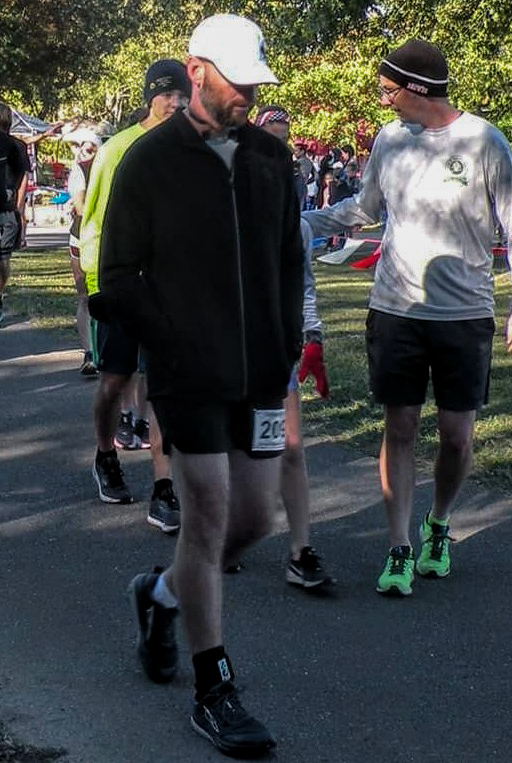
The Mental Game
After the race my head coach asked what goes through my mind during a 24-hour race. What type of self-talk goes on? Remember, I mentioned before that a majority of the battle was mental. It plays a big role.
The answer is, a lot. I am constantly talking myself through the race, and during this race it sounded something like this.
“This is only 24-hours. One step at a time. All you must do is put one foot in front of the other. Stick to the game plan, check your math, set the pace again. Nobody here knows me. They don’t know who I am. They don’t know what I’ve been through, where I’ve come from, or where I’m going. I’ve been here before. I’ve felt this before. I’m ok. This is ok. Just one more lap. Just make it to that next light post. Race your own race. Keep moving. 10 miles done. 13 miles done. 26.2 miles done. 50 miles done. 63 miles done and every mile after this will be the furthest you’ve ever gone. 70 miles done. 71 miles done and now the State record for my age group has been broken. Push to 80 miles. Just Keep moving forward. Relentless forward progress.”
If you break a State Record for a 24 Hour Race, either you or the race director will submit all of the paperwork to USA Track and Field where they will post it once it’s been verified. I’ve run a 24 hour race on both trail and pavement. Neither of which will give you a true account of exactly what you’re capable of because of terrain. The only way to find that out is to run on an official track like the 400M ones they use in Track and Field events. So, as far as 24 hour races go that’s what I want to do next. I want to know what I’m truly capable of. This is a journey to see how far I can push myself physically and mentally. That will be the next step in the journey.
Outside of Racing
With the race out of the way, it’s time for hunting season! I grew up in Alabama hunting whitetail deer and continue to do so. Last year I built a walk-in cooler on my property so I can now butcher and process my own deer. With a goal of 250 lbs of meat a year, venison substitutes beef in my house. I rarely buy meat at the grocery store, as it is either hunted or raised. There is nothing more enjoyable than spending some time out in the woods either alone or with my son. I’ve truly been blessed in many aspects of my life and just like running, climbing, rappelling, diving, and kayaking, having the opportunity to get out into the woods and hunt is something I do not take for granted. I greatly appreciate and I’m glad that products like Wilderness Athlete are available to fuel the journey.
-Caleb Kilpatrick
“And now, I pray thee, take thy weapons, thy quiver, and bow, and go out into the field and hunt me venison” Genesis 27:3
